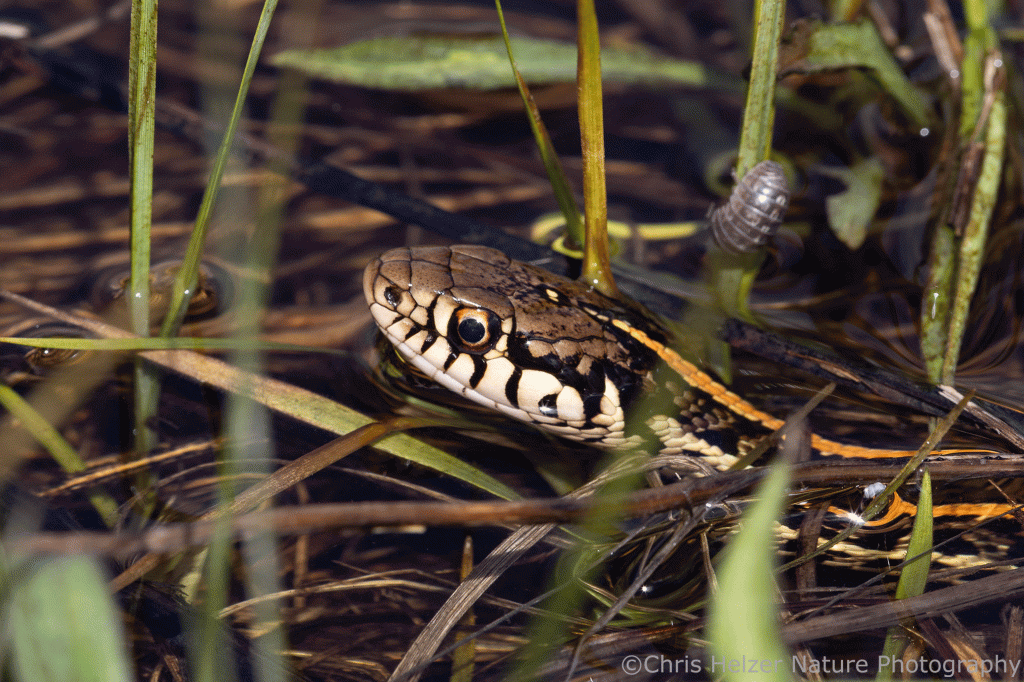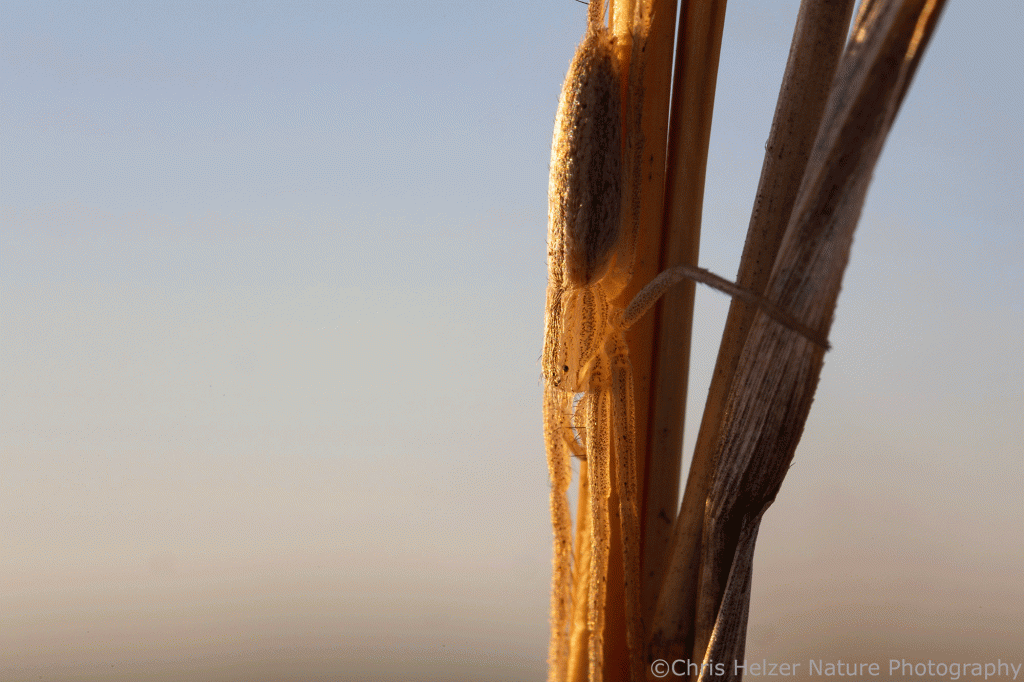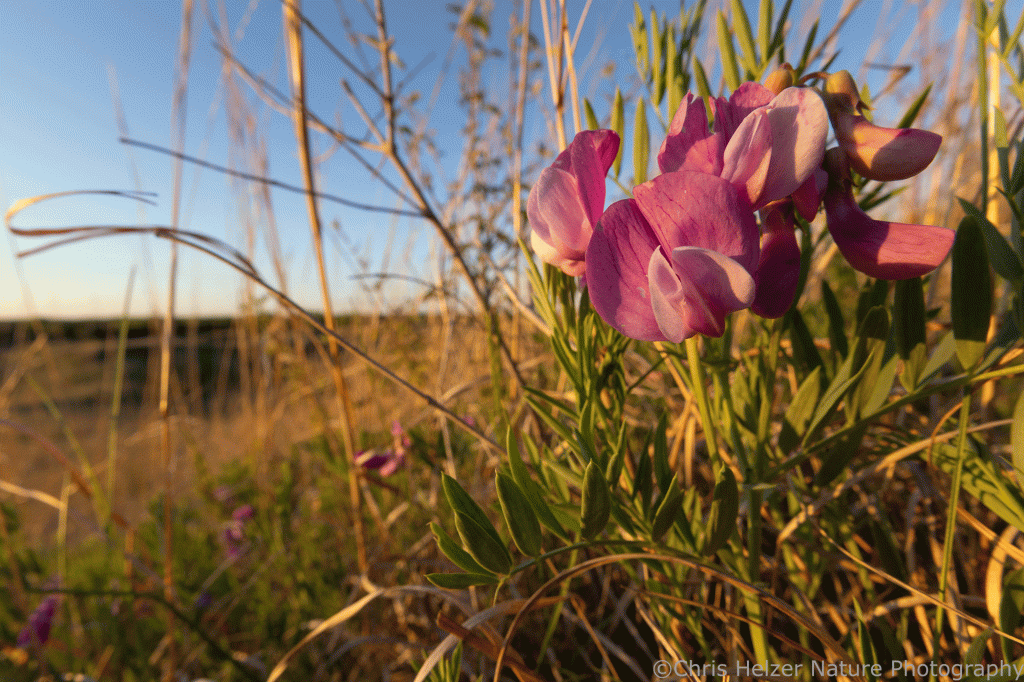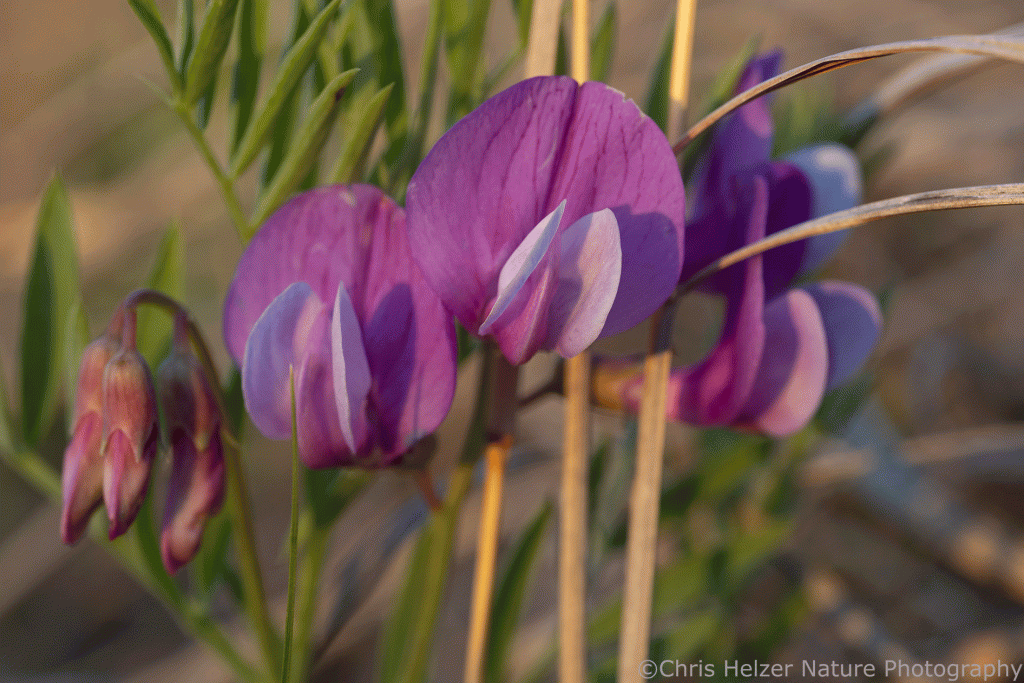Prairies are really waking up in this part of the world. There’s a lot of green out there, an increasing number of wildflowers, and a big influx of breeding and migratory birds. Invertebrates are slowly becoming more abundant, too, though “slowly” is the operative word there, at least for impatient macro photographers like me.
Late last week, the Fellows and I took some time to explore one of our Platte River Prairies that has a lot of sedge meadow habitat (the same site I found all the pill bugs at the week before that). We saw lots of spring flowers, including sedges, but I didn’t take any photos of those. I did, though, pull out my camera when we saw a group of about 50 white-faced ibis feeding along the edge of the property.


The ibis weren’t the only migratory water birds around. There were about 50 yellowlegs around as well, along with some solitary sandpipers, phalaropes, and some others we couldn’t identify. They all seemed to be enjoying the pools of water in the low-lying parts of the prairie.
We next walked into the drier part of the prairie, where historic river channels had created tall ridges of sand prairie vegetation, to see how one of our recent burns was looking. It was looking green. I also relocated a big ant mound I’d seen earlier in the spring (after the fire) and we got to watch ants for a while. They were really active. I don’t know enough about them to interpret their behavior, but while a few were bringing in food, most of them seemed to just be swarming around. There were a couple winged ones in the mix, which might have had something to do with it. (I didn’t manage any sharp photos of the winged ants.)

As we worked our way back south into the wetter part of the prairie, Claire and I sloshed right past a snake that Kees spotted as he followed behind us. We stopped to admire the big plains garter swimming in the shallow water. For whatever reason (cool weather? standing water and available cover?), it chose to stay and try to hide instead of just streaking away from us. I grabbed my camera and squatted in the shallow water, trying to get some photos. I got the one below, but I couldn’t get the angle I wanted from that position.

Eventually, I decided to just bite the bullet and get wet. If the snake was going to be accommodating, it seemed silly to waste the opportunity just because I’d be soggy (and cold – it was cool and breezy) for my drive home. I eased myself down onto my knees and elbows in the water and started to slowly maneuver closer to the snake. The fellows stood back and watched, dry, comfortable, and bemused.
My muck boots immediately filled with water and my knees were instantly wet and cold. My elbows, however, didn’t get wet right away. I was wearing my chore coat over a sweatshirt that claimed to be water resistant and the claim was proving to be true. Eventually, I did get wet elbows, but it took an impressively long time for that to happen. Meanwhile, the snake and I were doing a little dance as I tried to position myself so I could see its head and it tried to avoid making eye contact.




I managed to get several nice photos and then decided to leave the poor snake alone. As I stood up, though, I realized I had another challenge in front of me. Both my boots and my sleeves were full of water. The boots weren’t a big deal – a little water slopping around my feet is fine. But the sleeves became an issue when I tried to put my camera back in the bag.
As I lowered my hand toward the bag, a stream of water ran down my arm, over my camera and into the bag. I quickly raised my hand up again and tried to think of a way to return the camera to the bag without getting it wet or ending up with a little pond in my bag. The best solution, of course, would have been to hand the camera to either Claire or Kees and ask them to help. However, I didn’t think of that at the time and they seemed too entertained to offer assistance.
I stood for a minute, trying to drain as much water as I could from each sleeve and consider my options – not ALL my options, obviously, just the ones my waterlogged self could immediately come up with. Eventually, I just went for speed and dropped the camera into the bag as quickly as I could, figuring I’d towel it off when I got back to the truck. I only ended up with a coffee cup’s worth of water in the bag with my gear… What a ridiculous situation. Fortunately, both the photographer and his camera gear eventually dried out and seem to have retained their basic functions.
.
Over the weekend, I made the short trip up to Prairie Plains Resource Institute’s Gjerloff Prairie to see how spring was progressing in that upland loess hills grassland. It was a beautiful evening, though the scattered clouds I’d hoped would stick around left the area as I arrived. While I waited for the evening sun to drop low enough to provide good photo light, I scouted the area for good shot opportunities.
Clay-colored and Harris’ sparrows were making a lot of noise and I saw my first eastern kingbird of the spring. A few insects were around, including lots of little moths of at least several species. When a little damselfly landed on a nearby stem, I tried to get close enough for a photo, but it took off. I watched it fly a few feet to another grass stem and attempt to land there. As it did, though, the grass suddenly reached out with its little legs and tried to grab it.
Or, at least, that’s what it looked like, until I realized there was a well-camouflaged spider waiting to ambush any unwary visitor. The damselfly escaped unharmed, though I’m not sure that was because the spider missed. I think maybe the spider just decided the damselfly was more than it wanted to deal with. It’s hard to say. Either way, I spent a few minutes admiring and photographing the spider and lost track of the damselfly altogether.


As the light improved toward sunset, I stopped in a big patch of hoary vetchling (Lathyrus polymorphus). Photographing this plant is kind of an annual tradition for me, and I’m always looking for new ways to do it. I was pretty pleased with this year’s attempts.




Finally, after the sun dropped completely below the horizon, I started hiking slowly back toward my vehicle. As I did, I noticed a little common checkered skipper perched on a sunflower skeleton. It seemed like it had settled in for the night, so I set up my tripod and worked on a few different compositions to capture it silhouetted against the thin orange glow in the distance. The photo below is my favorite, though I shared several others on my Instagram page for those of you who partake in that particular social media app.

I hope you’re all enjoying the spring in your local prairies (except for those of you in the southern hemisphere where winter is coming). Everyone is starting to reappear on the scene after the long winter holiday, ready for another great year.

Everything about this article makes me smile, the garter snake, the damselfly, and especially the wet sleeve dilemma. Thanks for taking us along on your adventures!
Great work as always Chris!
Your pictures always brighten my day, thanks for taking us along on your explorations!
I can’t ID the ants (not Solenopsis though) but the spider is Tibellus, probably T. oblongus.
I love the way you sacrifice dry warmth for the glory of the photo. And, the snake photos were awesome. Also, I always like the photos of flowers catching the last (or first) rays of the sun, partly because it reminds me of how quiet it can be at those times.